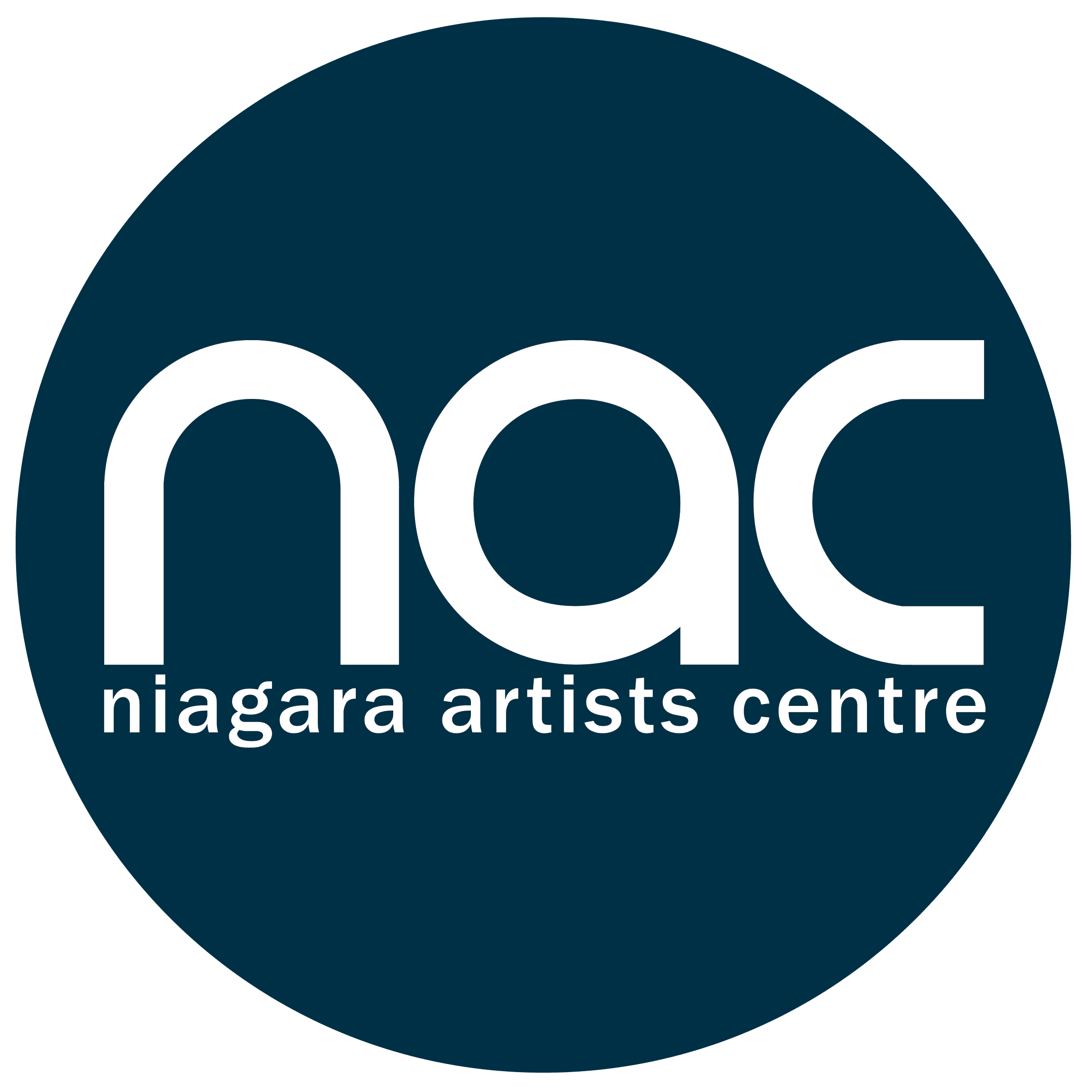Donna Akrey is an interdisciplinary artist who creates installations, sculpture, video, photography, book works, and collaborations. Her installation/performance, Universal Remote, opens in the NAC’s Show Room Gallery on Saturday, February 21, with a reception at 3pm. In this interview, Donna discusses Universal Remote and universal remotes, the importance of artist-run centres, and making “real change, if only in the back room at the NAC.”
Tell us about your installation at the NAC, Universal Remote.
I think about landscape a lot — the “natural” or urban matrix and how they merge. I also look at design-architecture, products etc. I am always looking at how we succeed in living on the planet and also how we fail (ok — mostly how we fail). I often make work that the viewer can take part in and that grows over the length of the show, and I liked the idea of making moving sculptures that might make us consider borders, progress, destruction and the changes in the environment — in our direct environment. I have been making some RC sculptures for awhile and am happy the NAC picked this up so I can experiment with different ways of presenting it.
Universal Remote asks for public collaboration. What can people expect to do when they step into the NAC’s Show Room Gallery?
The installation is made up of many parts that can be moved and recombined by the viewer either manually or using radio control. The installation will change over the duration of the show. There will be times during the show’s run that I will be in attendance building parts and viewers can lend a hand using materials provided and following certain parameters. Or they can just sit in the recliners provided and take a load off — if they don’t mind being then part of the installation and possibly theorized by any curators on the loose.
The materials you work with aren’t necessarily ones you’d find in an art supply store, but are often materials that make up the fabric of our daily lives, such as stones, toys, plywood, and so forth. How do you find this affects the public’s involvement with your work?
Lots of artists and makers use materials other than those deemed for art production. Maybe even most artists. But still everyone uses them differently. Materials speak a language and each maker can speak differently. I tend to use surplus materials I find or have around. I like the “sentences” or references that can be made by combining materials. Another strong impulse is the compulsion to use up things — to not waste and to reassign the things we throw away, shapes the work made.
The title Universal Remote is a nice play on the technology that supposedly brings us all together yet keeps us apart and alienated from one another. How does your work’s conception and use of technology differ?
A Universal Remote (from the olden days when we watched TV and used remote controls to change channels) is the name for a remote control that supposedly would work with all monitors. It often did not. Futility is built into technology it seems. I think this installation is sparked by the idea that we can “save” the rainforest by clicking on a button between cat videos watched on the internet. In this installation viewers can take an “armchair” stance and make real change, if only in the back room at the NAC.
You’re on the board for Hamilton Artists Inc and you’re involved with the NAC. Why do you think it’s important to support artist-run centres?
Artist-run centres can really tap into a local community — its creative ideas, how it sees itself, its plans for the future and how to make the places we live better. They are also connected to Canada and beyond — ARCs help fuse the local with the global. I hope we never loose these.
